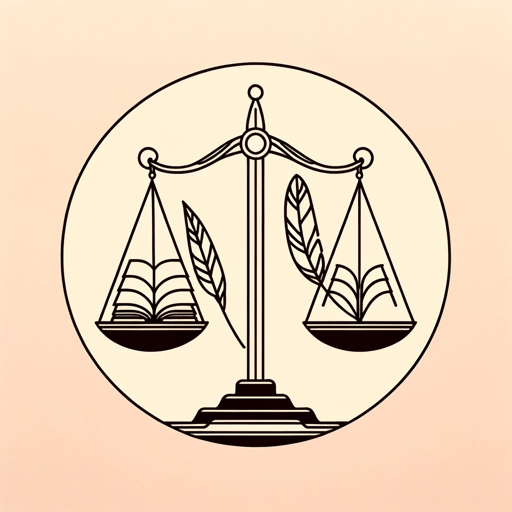56 pages • 1 hour read
Khalil Gibran MuhammadThe Condemnation of Blackness
Nonfiction | Book | Adult | Published in 2010A modern alternative to SparkNotes and CliffsNotes, SuperSummary offers high-quality Study Guides with detailed chapter summaries and analysis of major themes, characters, and more.
Important Quotes
“With the publication of the 1890 census, prison statistics for the first time became the basis of a national discussion about blacks as a distinct and dangerous criminal population. In the wake of the Civil War and Reconstruction, when the culture and politics of white supremacy in the South and across the nation were being reconstituted, African American freedom fueled far-reaching anxieties among many white Americans. The census marked twenty-five years of freedom and was, consequently, a much-anticipated data source for assessing blacks’ status in a post-slavery era.”
(Introduction, Page 4)
Muhammad pinpoints the 1890 census as a crucial point in the history of American race relations. The census’s inclusion of prison data 25 years after the Emancipation Proclamation provided white supremacists the opportunity to weaponize these statistics to their benefit. Many white Americans at the time were anxious over Black emancipation, fearful of how Black freedom would “threaten” their way of life. Eager to prove Black inferiority as leverage in their argument that Black citizens could not successfully integrate, white supremacists used the 1890 census and its statistics showing higher Black incarceration rates to “prove” that emancipation had failed.
“At the dawn of the twentieth century, in a rapidly industrializing, urbanizing, and demographically shifting America, blackness was refashioned through crime statistics. It became a more stable racial category in opposition to whiteness through racial criminalization. […] This book asks, how did European immigrants—the Irish and the Italians and the Polish, for example—gradually shed their criminal identities while blacks did not? In other words, how did criminality go from plural to singular?”
(Introduction, Page 5)
At this point in his introduction, Muhammad describes one of the primary functions of his book. With The Criminality of Blackness, he explores the America’s efforts to create—and erase - ties between race and crime, and how Blackness was systemically conflated with crime through statistical methods. From 1890-1940, Blackness was held up against crime statistics, with arrest data purposefully noting the race of Black criminals. Simultaneously, whiteness was erased from national crime data as criminal justice reforms eradicated immigration status and nationality from statistics. Muhammad argues such reforms and continued emphases on Black crime effectively rendered American criminality as a singularly Black act.

